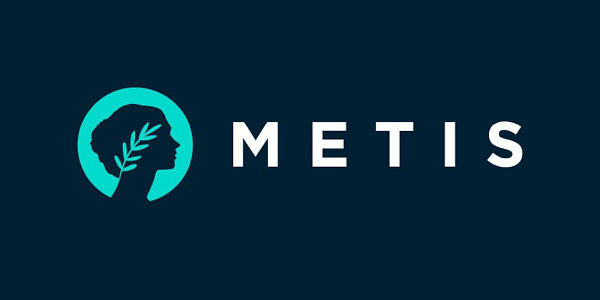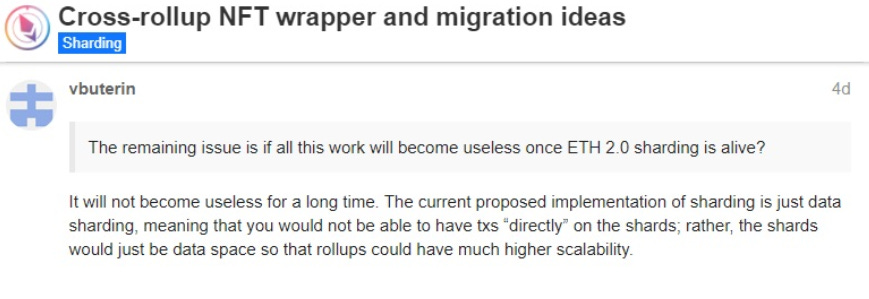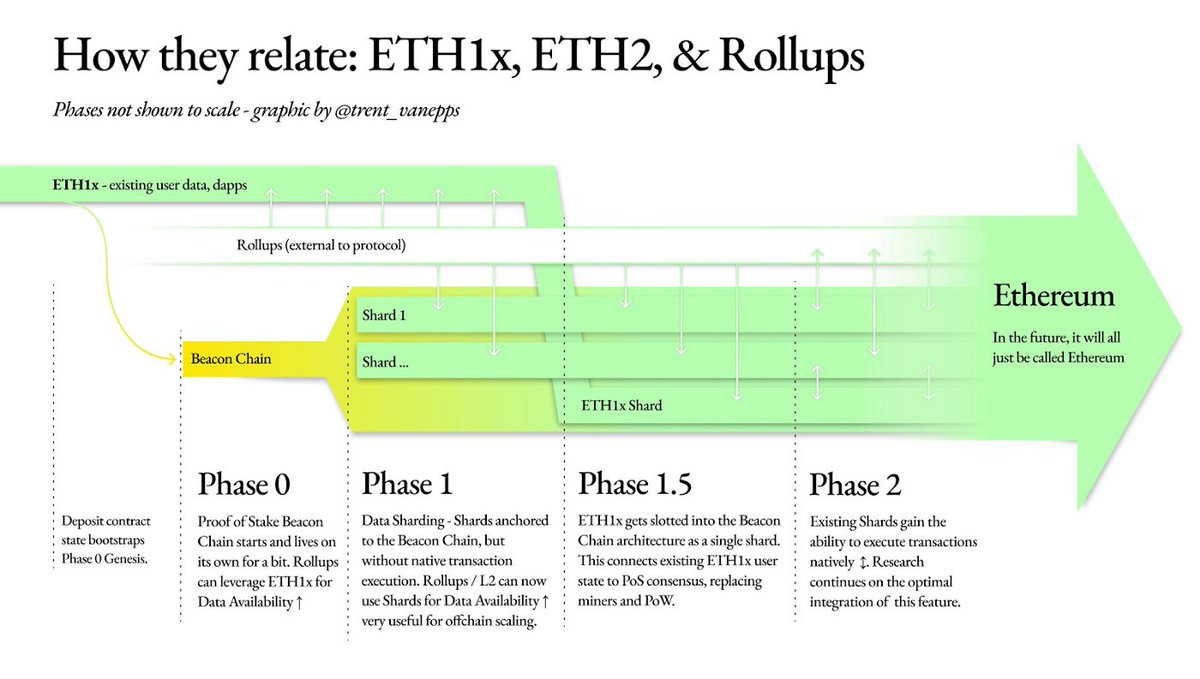WTF is proto-danksharding?
An explainer on one of the most important Ethereum Improvement Proposals (EIP) and its impact on the Ethereum ecosystem. Meet EIP-4844, a.k.a. proto-danksharding.
The merge will transition Ethereum from Proof of Work to Proof of Stake. But as outlined in my previous article, that is only the beginning. A more important step towards transforming Ethereum’s base layer into a settlement & data availability layer for rollups is EIP-4844 (a.k.a. proto-danksharding). This article aims to explain why EIP-4844 is necessary, what it does and why it is important for rollups.
With transaction fees on Ethereum L1 spiking to unsustainable levels when there’s increased on-chain activity, it’s imperative to facilitate an ecosystem-wide move to rollup-based layer 2 solutions. But, as already explained in my my last article*, rollups need data. Badly. For more info on the data availability problem, see:
https://medium.com/blockchain-capital-blog/wtf-is-data-availability-80c2c95ded0f
Right now the cheapest data option for rollups on Ethereum is what’s referred to as call data (16 gas per byte), which is rather expensive as there's no multidimensional EIP-1559 & gas prices are driven up by executions happening on Ethereum’s layer 1 (normal transactions & smart contract interactions).
So, how can this problem be addressed? Just lowering call data cost might be a bad idea because every single node needs to store every byte of call data forever, so more call data increases storage requirements, which is bad for network decentralization. The answer is rollups. For a refresher on how rollups work, see:
Rollups are already significantly reducing fees for many Ethereum users today. Optimism & Arbitrum (the leading optimistic rollup L2s) for example frequently provide fees that are ~5-20x lower than the Ethereum base layer (see figure 1)
Application-specific zkRollups, with strong data compression mechanisms have even achieved ~50-100x lower fees than the Ethereum L1 (see figure 1). Similarly, Metis DAO, an innovative optimistic rollup solution, has achieved 0.01$ transaction fees by using an off-chain storage/data availability solution (at least until EIP-4844).
For more information on Metis DAO, see the below thread on Twitter:


However, even the fees rollups provide today can be too expensive for certain types of applications (e.g. high-frequency trading or gaming) that need to be able to make vast amounts of transactions, preferably at minimal cost. Often, low fees like in the case of Metis DAO, come with certain security trade-offs (e.g. use of an off-chain data storage & data availability solution).
So how can we get past that? Well, the consensus among the Ethereum community is that the long-term solution to this issue is what is referred to as data sharding (or in Ethereum’s case what’s called danksharding). Data sharding (or danksharding) will add ~16 MB per block of dedicated data space to the chain that rollups could use. Contrary to executional sharding (where subsets of validators execute transactions on shard chains), there is no execution and the shards are just data space for the rollups to use (see figure 2).
However, data sharding will still take some time until it’s fully implemented and deployed (part of Ethereum 2.0 roadmap).
Important: Roadmap below (figure 3) if not fully up to date, but even when executional sharding was more in focus, data sharding was already part of the roadmap.
That’s where EIP-4844 comes into play. Proto-danksharding provides an interim solution by implementing the transaction format that will be used in full data sharding, but not actually shard any transactions yet. Instead, data from this transaction format (data blobs) is simply part of the beacon chain & is fully downloaded by all consensus nodes (but can be deleted after a short delay to keep storage load on nodes low).
The new transaction type which is referred to as a blob-carrying transaction is like a regular transaction, except it also carries these extra pieces of data (a.k.a. blobs). Blobs are rather large (~125 kB) & are much cheaper than similar amounts of call data (that is forever stored on the Ethereum blockchain). However, blob data is not accessible to EVM execution and Ethereum’s execution environment (the Ethereum Virtual Machine, a.k.a. EVM) can only view commitments (attestations) to blobs.
By making more data space available to rollups, EIP-4844 primarily impacts layer 2 transaction fees. The effect is expected to be significant as the table in figure 5 below shows:
So, while EIP-4844 is a proposal to implement most of the logic (e.g. transaction formats, verification rules) of data sharding, it will not yet implement any actual sharding (creation of validator subsets). In a proto-danksharding implementation, all validators & users still have to directly validate the availability of the full data. Therefore, validators & clients still have to download full blob contents, which is why data bandwidth in proto-danksharding is targeted to “only” 1 MB per slot instead of the full 16 MB that developers aim for with the full implementation of data sharding.
Nevertheless, EIP-4844 is expected to unlock significant scalability gains. Mainly because this blob data is not competing with the gas usage of other transactions on Ethereum L1 and hence basically exclusively accessible to rollups, separating the markets for L1 transactions and L2 transactions. Consequently, L1 execution can be congested & expensive, while blobs remain very cheap (at least in the medium term).
Finally, EIP-4844 also has the advantage that it lays the groundwork for full data sharding. While rollups have to adapt to switch to EIP-4844, they won't have to worry about adapting anymore when full data sharding is implemented. It’s the same transaction formats, but thanks to splitting the data across data shards, will safely allow for additional data to be processed.
For an overview if the rollup L2 landscape and a more comprehensive list of projects impacted by EIP-4844, see:

The reduction in L2 transaction fees and the simultaneous emergence of a variety of EVM-compatible zkRollups (coming up in my next article), will likely increase traction of rollup-based layer 2 solutions and chances are high that rollups and their application layers will be a main narrative heading into the next bull cycle.
I hope you liked this article. If you did, please support us by subscribing on Substack and following on Twitter or sharing the article with your friends & colleagues. We will publish more content on advanced topics around rollup scaling, Ethereum 2.0, zk tech and project deep-dives, so stay tuned!







